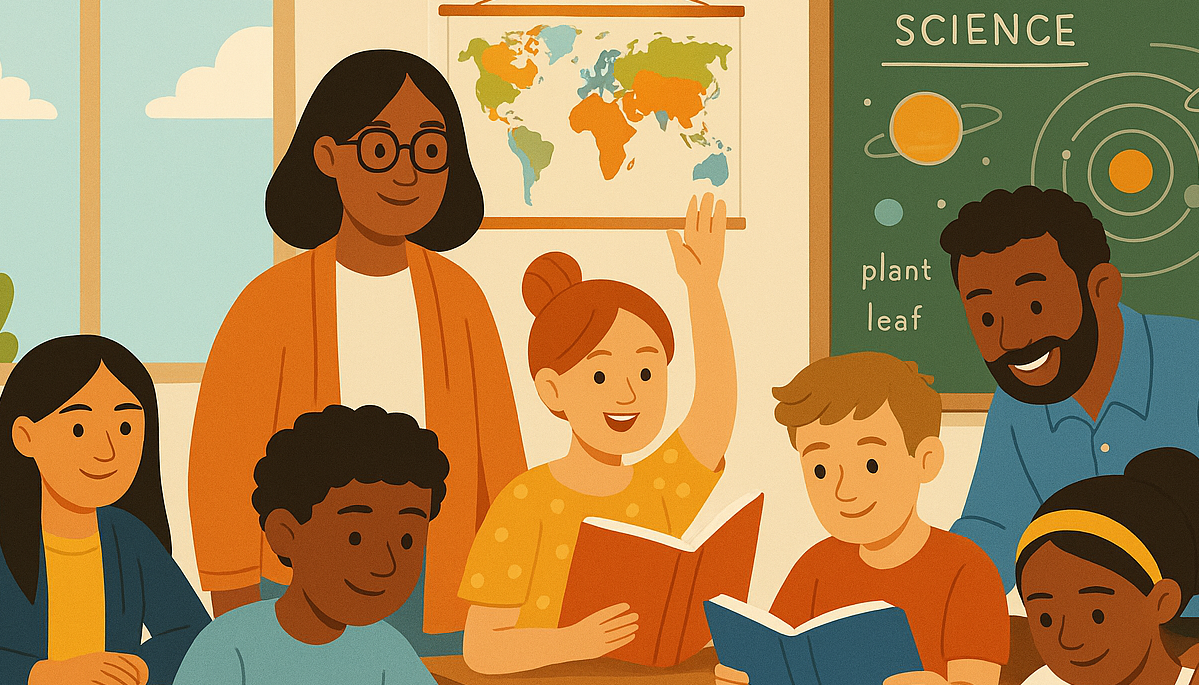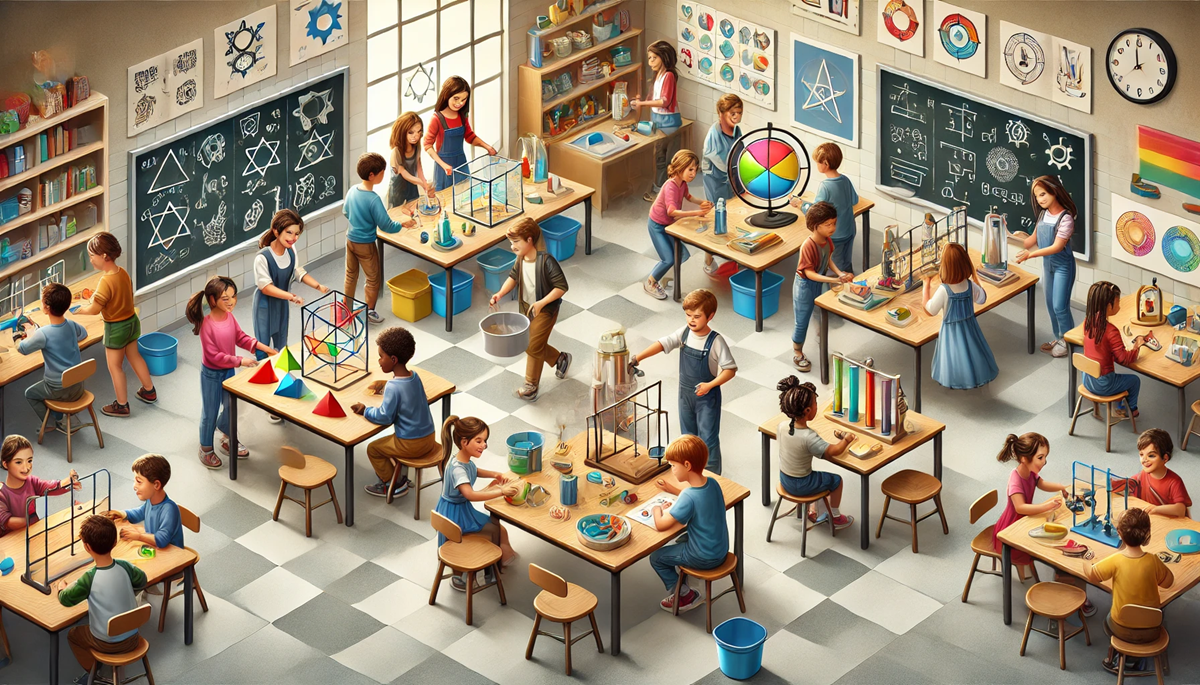For the teacher, Project Based Learning (PBL) requires a delicate balance of planning and openness. Too much planning, and there’s little room for student discovery and agency; too much openness and the risk becomes a meandering project that unravels against unpredicted obstacles. The best projects, in my experience, feel a bit like collaborative storytelling (think Dungeons and Dragons, those of you gamers out there). There’s a plan that’s created ahead of time by the person facilitating the story telling (in this case, the teacher). Like all well-crafted stories, the project is built to hit key plot-points, but the journey itself is co-created with the students as they experience the learning. This balance is what allows a teacher to offer “the same” project several years in a row, with different student outcomes each year.
So let’s take the storytelling metaphor a little further. I’d like to share a PBL planning template I co-created with a couple of educator friends of mine, Shelli Kurth and Jaclyn Vasko. It’s a deceptively simple overlay of a story diagram and a PBL planning framework.

By placing a story map over a PBL framework, we are able to tease out the purpose of the various PBL components and give them new life. It provides a sometimes missing “why” for the PBL planning components leaders often ask teachers to include. It also raises the bar for the content of the work – it asks the students to truly engage in productive struggle with a worthy problem. But what I love most about this PBL story-telling paradigm is its emphasis on the reflection upon learning (think: John Dewey) that can so easily get lost after the hustle and bustle of project exhibition. See the table below for a more detailed crosswalk.
| Story Map | PBL Checkpoints | Purpose in Story & PBL |
| Exposition | Hook, activating prior knowledge, initial research/readings. | Establishes necessary context and background knowledge so that the participant is not lost. |
| Inciting Incident | Driving question(s) or the worthy problem is presented or co-created with students. | Pulls the participant into the experience and makes them want more. |
| Rising Action | Continued research is conducted and community engagement starts. Students engage in prototyping & tuning of ways to address the worthy problem. | Allows for participants to grapple with seemingly unsolvable issues and experience partial attempts at resolution. |
| Climax | Exhibition. Final product created, exhibited and discussed with the audience. The worthy problem is addressed to the best of the student’s ability. | Makes the struggle explicit, and showcases the “final” result of the work. |
| Falling Action | Student reflects on the entire project process, including exhibition and notes what went well and what could have gone better. | Allows for meaning making from the struggle. |
| Resolution | The student sees the world in a deeper, more complex way (i.e. learning!). | Enables the participant to walk through the world wiser and (hopefully) more capable. |
If you’d like to learn more about the power of PBL, I’d recommend the short read An Ethic of Excellence, by Ron Berger. If it’s story that interests you, I’d recommend Lani Diane Rich’s podcast, How Story Works. If you’re curious about how PBL interacts with literacy and numeracy, I’d offer this blog I co-authored for NGLC a while back.
In addition to two decades in education, Sherre Vernon has an MA in Literature and Writing Studies from Cal State San Marcos. You can connect with her directly to continue this PBL conversation at svernon@ensemblelearning.org. If you are curious how Ensemble Learning can support your school or organization with PBL and more, contact Elise Darwish, Ensemble CEO, at edarwish@ensemblelearning.org.


